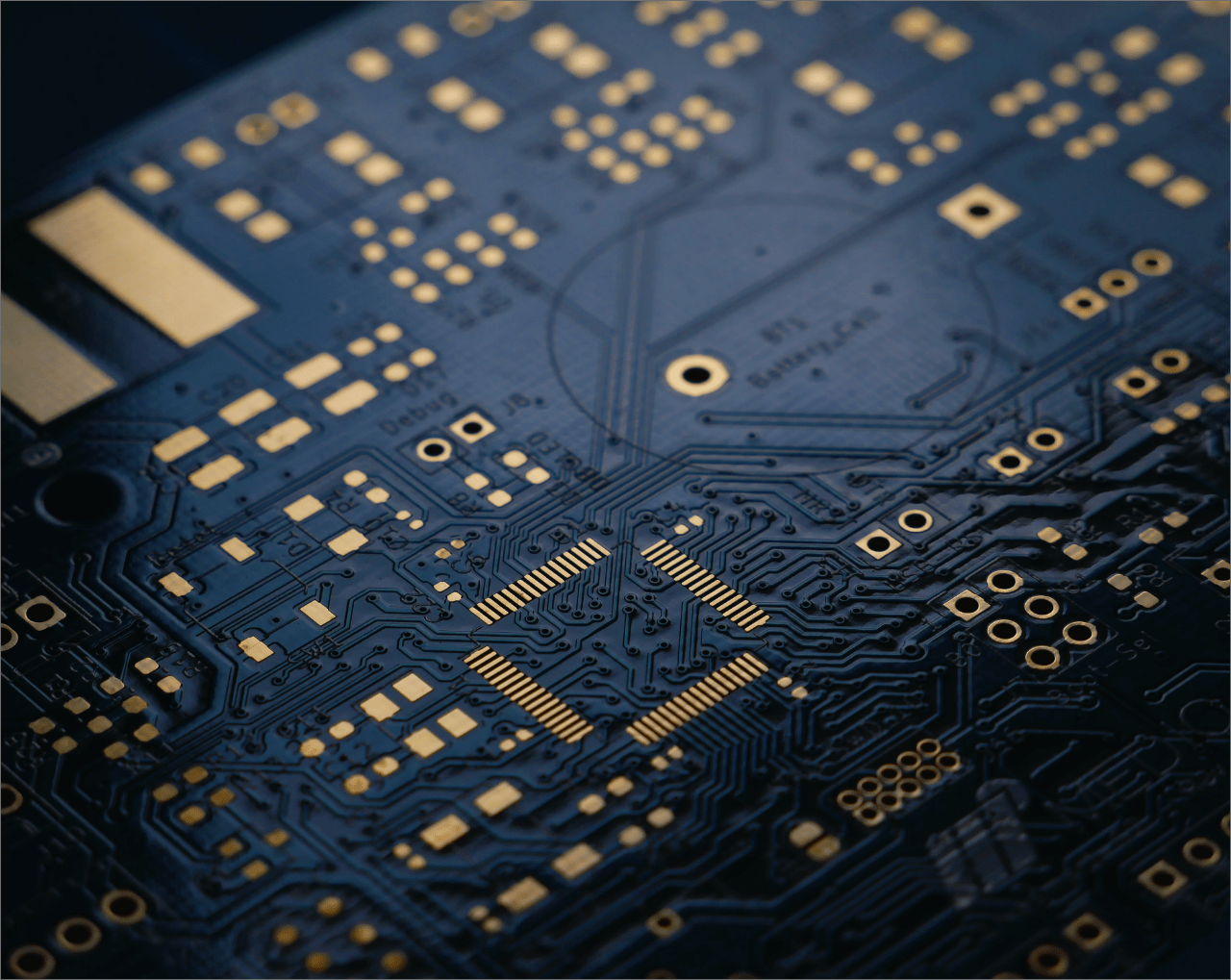WHAT IS INDUSTRIAL AUTOMATION?
Industrial Automation refers to the use of control systems and information technology such as computers or robots to manipulate different processes and machines in an industry to replace a human being. It refers to another level beyond mechanization within the scope of industrialization.
Increases Quality and Flexibility in Your Production Process
The purpose of early automation was to increase productivity (as automated systems can run 24 hours a day) and reduce the cost associated with human operators. Today, however, the focus of automation has shifted to increased quality and flexibility in the production process. In the automobile industry, the assembly of the pistons to the engine was done manually with an error rate of 1-1.5%. Currently this task is performed using automated machines with an error rate of 0.00001%.
Advantages of Industrial Automation
• Lower operating cost: Industrial Automation eliminates the healthcare costs and paid vacations and vacations associated with a human operator. Also, Industrial Automation does not require other employee benefits such as bonus, pension insurance etc. First of all, although it is associated with a high initial cost, it saves employees' monthly wages, which leads to significant cost savings for the company. The maintenance cost associated with machines used for Industrial Automation is usually less as they do not malfunction. If it fails, only computer and maintenance engineers need to repair it.
• High productivity: Although many companies hire hundreds of production workers in up to three shifts to run the plant for maximum hours, the plant still needs to be closed for maintenance and holidays. Industrial Automation fulfills the company's purpose by enabling the company to run a manufacturing facility 24 hours a day, 7 days a week, 365 days a year. This contributes to a significant improvement in the company's productivity.
• High quality: Automation alleviates a human error. In addition, robots, unlike humans, do not experience any fatigue, which ensures that products of the same quality are produced at different times.
• High Flexibility: Adding a new task to the assembly line requires training with a human operator, but robots can be programmed to do any task. This makes the production process more flexible.
• High Information Accuracy: Adding automatic data collection can allow you to collect key production information, improve data accuracy and lower your data collection costs. This enables you to make the right decisions when it comes to reducing waste and improving your processes.
• High Safety: Industrial Automation can use robots to handle hazardous conditions, making the production line safe for workers.
Disadvantages of Industrial Automation
The high cost is the first drawback. The initial investment in moving from a human production line to an automated production line is very high. In addition, training employees to use this new sophisticated equipment entails significant costs. Industrial Automation is gaining more and more acceptance from various industries lately due to its great benefits such as increased efficiency, quality and safety at lower costs.

